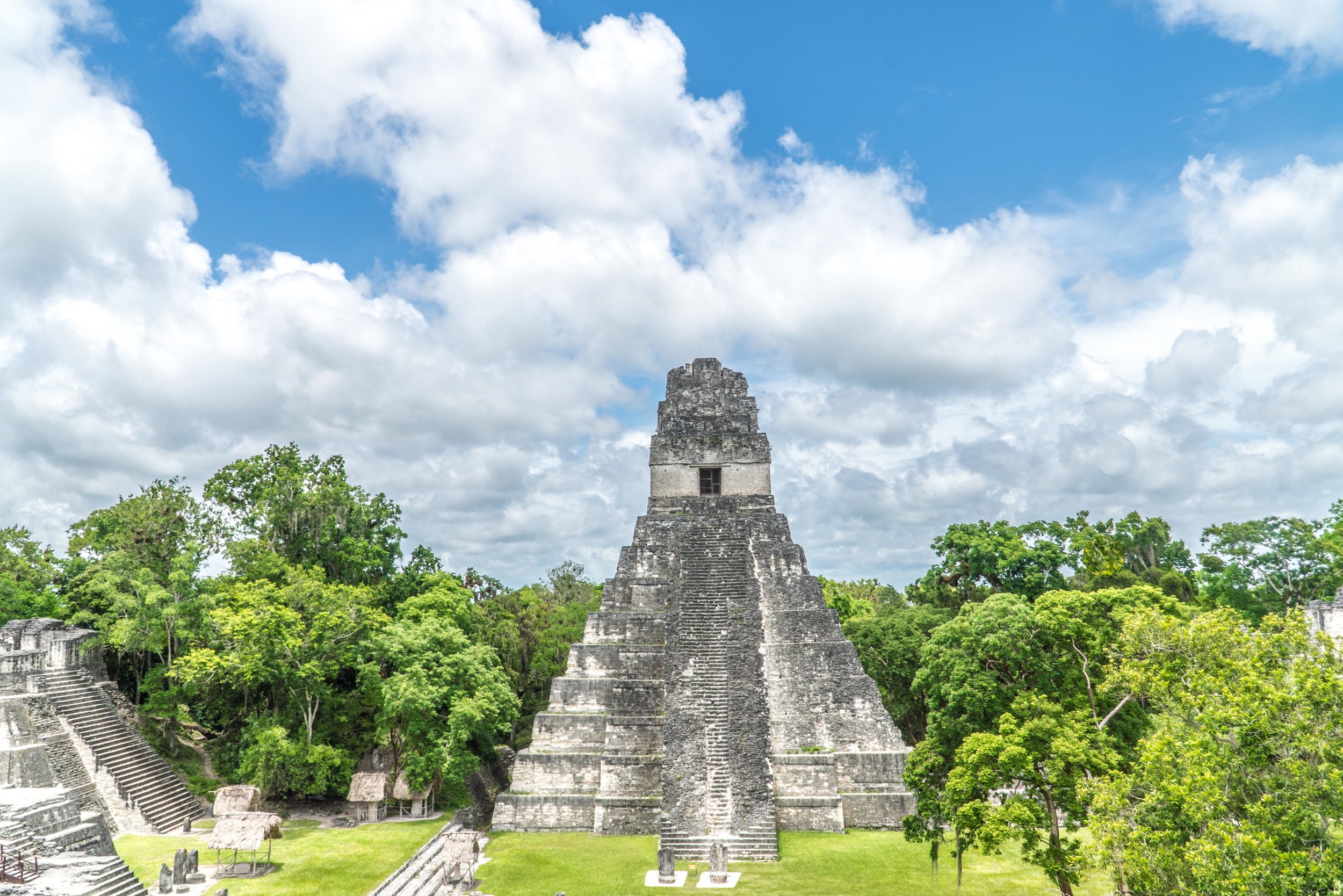A History of Beer in the US Featuring the Oldest Beers in America
Quick! Can you name the first brewery in America? And for the real beer snob: What year did it open? Hint: It dates back long before the U.S. was founded. That rules out one brewery you may have been thinking, Yuengling, which opened in 1829, and is the oldest operating brewery in the United States. However, the title for the first commercial brewery belongs to the Dutch West India Company, which opened in 1632 in what is now Manhattan (though people were brewing long before then). And who says there’s no history in America?
Well I've teamed up with Let's Grab A Beer (with Anheuser-Busch) to bring you a WTG history of the oldest beers in America. It’s no secret that beer is trending across America. While this exponential growth is a new trend, beer’s production in America is not. There were nearly 150 commercial breweries around America in 1810. Fast-forward just 63 years later and there were more than 4,000 breweries. 4,000 breweries in America! And you thought we had a crazy amount of breweries now, which currently numbers more than 3,000.
However, the growth and momentum of American beer production was stymied due to prohibition in the early 1900s. Thank goodness for speakeasies, right? That, and “near-beer,” which is low-alcohol beer. And by low alcohol, I mean like 0.5% ABV beer.
Many of America’s most well-known breweries, such as Schlitz, Pabst, and Anheuser-Busch, are operating today because they produced near-beer (and other non-alcoholic beverages and foods) during prohibition to stay in business. So how did they celebrate the repeal of prohibition? Well Anheuser-Busch, for example, celebrated the repeal by introducing to the public what’s become known as the “Budweiser Clydesdales.” Yes, those Clydesdales.
So with all this recent talk of the latest and greatest in craft beer, here’s the chance to talk about some of the longest running and oldest beers in America.
Oldest Beers in America
Yuengling. Yuengling Lager holds that title of the oldest operating brewery in America, opening in 1829. They made it through prohibition thanks to near-beer, as well as ice cream, which they have recently re-introduced. However, their flagship beer has long been a staple of beer in America, the amber lager, which has often been referred to as “pre-prohibition lager.”
Schaefer. Schaefer Beer, another lager, is probably the largest brewery you’ve never heard of. Started in 1842, Schaefer Beer, at one time, in the mid-1950s, was one of the highest selling beers in America, producing more than 5,000,000 barrels of beer annually. It lives on today as a Pabst label.
Pabst Blue Ribbon. Just a few years after Schaefer came Pabst, which has more affectionately become known as PBR. While it currently has quite a long list of beers, the flagship is Pabst Blue Ribbon, which probably to no one’s surprise, is a lager. Interestingly enough, for years in the late 1800s and early 1900s, blue silk ribbons would be hand tied around each bottle of PBR.
Budweiser. Long before the Clydesdales (or frogs), there was the “King of Beers,” Budweiser. Introduced in the late 1800s, the pale lager survived prohibition, celebrated it with the introduction of the Clydesdales, and is now one of the highest selling beers.
Stevens Point. Stevens Point Beer, or what’s now referred to as Point Beer, dates back to the mid-1800s when they were serving beer to Civil War soldiers. While independently-owned, and thus much smaller than these other breweries, they have more than 25 different beers and ciders they produce.
Did You Know?
Did you know that beer originated in the Middle East?
That’s right, the Middle East, as in Mesopotamia and Egypt. Long before the great pyramids were being constructed in the Middle East, beer was being made. Evidence from unearthed ceramic vessels and Sumerian tablets shows that beer was being made in the Middle East as early as 3500 B.C. What? Beer was being made 5,000 years ago? It’s only appropriate then, that the builders of the Great Pyramid of Giza were paid with a ration of beer.
Did you know that the pilgrims settled on Plymouth Rock because they were running out of beer?
Did that just blow your mind? The story goes that the pilgrims wanted to settle further south in a warmer climate, but supplies were running low, namely beer. As one Mayflower passenger wrote, “We could not now take time for further search...our victuals being much spent, especially our beer.” We now have proof that it’s tradition to drink beer on Thanksgiving. You’re welcome.
Did you know that a person who collects beer bottles is called a labeorphilist?
It would appear that there’s a title for every type of collector out there, but who knew that the proper term for a beer bottle collector wouldn’t just be “beer bottle collector,” but “labeorphilist.” Try saying that five times fast after a couple beers.
Did you know that several of the first U.S. presidents were home brewers?
Long before beer lovers were brewing their own beer at home, our nation’s founding fathers were doing so. Among them were George Washington, Thomas Jefferson, and James Madison. George Washington was a porter guy himself, while Jefferson is said to have brewed quite frequently, often brewing with ingredients grown on his Virginia estate.
What's your favorite beer(s) (new or old)?














